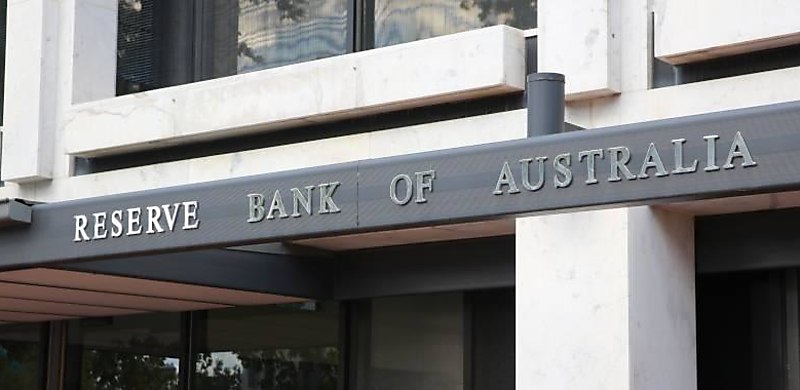
The central bank has characterised monetary policy as “still a little restrictive” in its latest meeting minutes.
The Reserve Bank of Australia (RBA) has cut a hawkish stance in the minutes for its September meeting, with its Monetary Policy Board offering little consideration for further cash rate easing.
Following discussions on 29 and 30 September, the RBA board unanimously opted to maintain the cash rate at 3.60 per cent, as widely expected by the market.
In the minutes, the central bank board revealed that monetary policy was “probably still a little restrictive but acknowledged the extent of restriction was difficult to determine”.
The board also flagged uncertainty on the restrictiveness of rates, noting that “a range of indicators suggested that financial conditions had been clearly restrictive in 2024 but these now presented a less clear picture”.
Reflecting on the impact of previous rate cuts, the minutes stated that “financial conditions had eased further”, with the August reduction in the cash rate, and the pick-up in housing prices and credit growth over prior months was indicative of the easing in monetary policy earlier in the year having an impact.
However, the minutes noted that it would be “some time before the full effect of the monetary policy easing flowed through the economy”.
Members agreed that financial stability considerations were not a constraint on their decision at the meeting.
Looking ahead, members noted that the board’s decision making would remain “cautious and data dependent”.
Commenting on inflation, members noted that monthly CPI indicator outcomes for July and August suggested that the September quarter inflation outcome might be higher than the staff had expected in August.
Members stated that the combination of potentially higher-than-expected inflation and broadly stable labour market conditions could imply that the staff’s assumption regarding the balance between aggregate demand and potential supply was incorrect.
Banks back November rate hold
The market is pricing in a cash rate hold when the RBA board next meets in November.
Last week, ANZ pushed back its expectations for the next cash rate cut, now forecasting a rate drop in February 2026.
The change to its forecast followed a wave of similar revisions from other major banks in recent weeks.
National Australia Bank (NAB) was the first to delay its expectations, moving its forecast from November 2025 to May 2026. NAB cited ongoing economic strength, a resilient labour market, and inflation that remained above the RBA’s comfort zone.
Commonwealth Bank of Australia (CBA) followed suit, revising its call from November 2025 to February 2026 after describing the RBA’s tone as “a little more hawkish than we expected.”
Meanwhile, Westpac has not ruled out a November rate cut; however, the bank has struck an increasingly cautious tone.
Westpac chief economist Luci Ellis last week said: “The odds that the RBA cuts in November are, at this point, below 50 per cent but still a long way from zero.
“The data flow could change things again. Frankly, the prospect of flip-flopping a ‘call’ as the month goes on is unattractive, especially when it is quite obvious that the policymakers have not made up their mind yet.”
[Related: Banks adjust rate trajectory following RBA decision]

